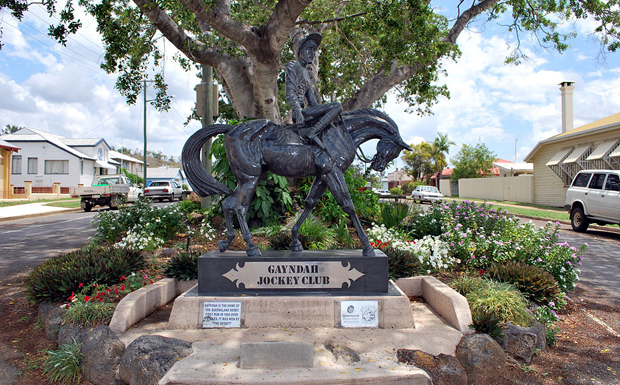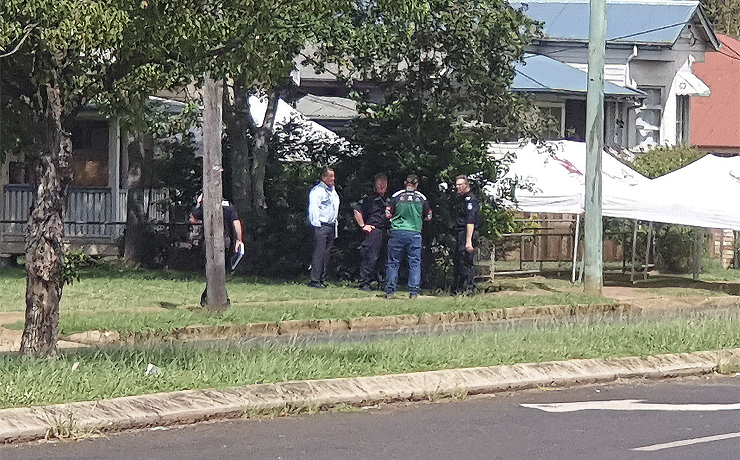
April 6, 2017
A new study looking at the best and worst council areas for median house price growth over the past two decades has flagged the neighbouring North Burnett as one of Australia’s worst performers.
The study – by real estate analysts CoreLogic – found that in the 20 years to December 2016, median selling prices of houses nationally have increased at a compound annual rate of 7.2%.
They said this indicated that Australian property prices have, on average, doubled every ten years.
CoreLogic reported that while the national growth rate is strong, the rate of growth has varied dramatically between the states and territories, and within different regions of each state and territory.
Surprisingly, the study found the top performer in Australia was the Murrumbidgee council area in the New South Wales Riverina, which has seen median house prices increase by an average 13 per cent per annum for the past 20 years.
Murrumbidgee was followed by Isaac in Queensland’s Bowen Basin, which has seen an average 11.5 per cent pa increase in the past two decades.
CoreLogic said Isaac was particularly interesting because three to four years ago, house prices were substantially higher due to the mining boom.
Isaac Regional Council median house prices have fallen by 22.4 per cent per annum in the past five years as the mining boom has unwound.
Elsewhere in the top 25 list, New South Wales and Victorian council areas feature heavily, especially those located in Sydney and Melbourne.
At the other end of the scale, Coolgardie in Western Australia has been the nation’s worst performer, with median house prices growing by just 0.4 per cent.
The North Burnett came in as the 25th worst performer, with a 20 year compound growth rate of 4.4 per cent.
The South Burnett and its other neighbours Western Downs, Gympie, Toowoomba and Somerset did not figure in either the Top 25 or Worst 25 lists.
CoreLogic noted that all of the worst performing shires were located outside capital cities, and most were linked to single industries such as mining or agriculture.
“Regions that have diverse economies and are not reliant on single or a handful of industries are likely to see higher levels of housing demand,” CoreLogic said.
“Subsequently, these areas also tend to see greater increases in selling prices due to the heightened level of housing demand.”
The Northern Territory was excluded from the study because it did not have 20 years of property data, CoreLogic said.























